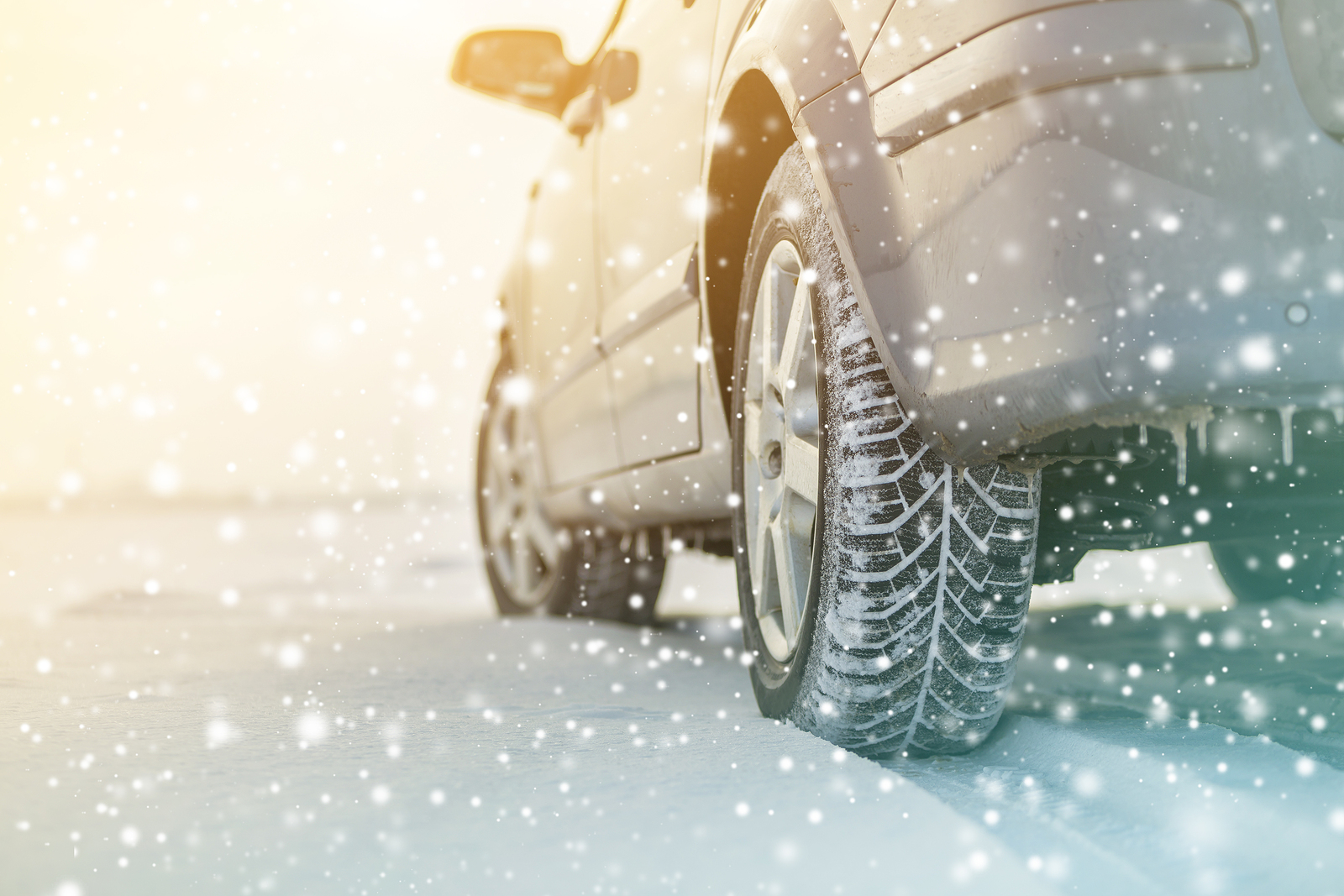Moving in winter, when you live in an area that sees lots of snow, is messy. It also takes significantly longer than moving when the weather is pleasant.
Preparation is the key to speeding things along and getting your belongings, and the people who own them, from point A to point B safely.
And that starts with packing. Let’s take a look at tips from the pros.
1. Pack the must-haves
Grab a bag or box to fill with all the items you’ll need both during the move and the period of time just after you move into the new home.
Stow it in your car’s trunk so that the movers don’t inadvertently load it on the truck. Here’s what you’ll want to include in your essentials box and a cleared area of your car’s trunk:
- Absorbent rags and towels (to mop up wet and slippery floors)
- Ice scraper, shovel and walkway/driveway deicer
- An extra set of clothing for each family member (don’t forget socks and boots)
- Something to snack on
- Pet food and water bowls and food
- A jug of potable water
- Bathroom supplies, such as a shower curtain (rod and hooks too), soap, shampoo, deodorant and toilet paper
- Daily medications
- Coffee maker (and filters) and coffee, tea and cocoa to warm everyone up
- A small lockbox or safe for your valuables
2. Appliances require special consideration
One of the first things you’ll no doubt want to do at the new home is set up the washer and dryer. After all, you’ll have some soggy clothing to attend to.
But you’ll need to wait at least 12 hours (24 is better), according to appliance manufacturers.
Why?
The experts say that it’s almost impossible to remove all traces of water from the washing machine when draining it. “Trying to wash clothes while this water is frozen” can damage the washer, according to the vice president of relocation services with Stevens Worldwide Van Lines.
The clothes dryer, on the other hand, contains a heating element and igniter that, if not allowed to come to room temperature, may become brittle. When the temperature changes suddenly (by drying a load of clothing), these components may be damaged.
3. Your electronics: Stock up on shrink and bubble wrap
Cold temperatures and a moist environment are brutal on electronic components and devices.
Decreasing temperatures cause condensation which, in turn, may cause the device to short circuit. Freezing temperatures can damage electronics, such as hard drives, smartphones and any device with batteries.
The experts at Bekins suggest paying close attention to how you pack and move the following electronics:
- Digital and electric clocks
- Gaming systems and controllers
- Keyboards and peripherals
- PC components
- Printers and scanners
- Routers, modems and antennas
How to pack electronics
- Back up your data before packing.
- Wrap your electronics first in bubble wrap or foam, taped securely all around.
- Wrap them next in moving blankets to help insulate them from cold temperatures.
- Place the wrapped electronics in the moving box and then wrap the entire box in shrink wrap.
- Place the boxed electronics in a heated room and pack them into the truck or car last.
- Consider using plastic bins or tubs with tight-fitting lids instead of cardboard boxes in which to pack electronics.
Avoid leaving electronics in a cold car truck while you pack and attend to other moving-related tasks. When you jump in the car and turn on the heat, you’ll end up with condensation. Heat up the interior of the car before loading the electronics box into it.
Allow your electronics to come to room temperature in the new home before plugging them in and using them. The experts at Bekins recommend allowing them to sit for 24 hours.
Powered by WPeMatico






